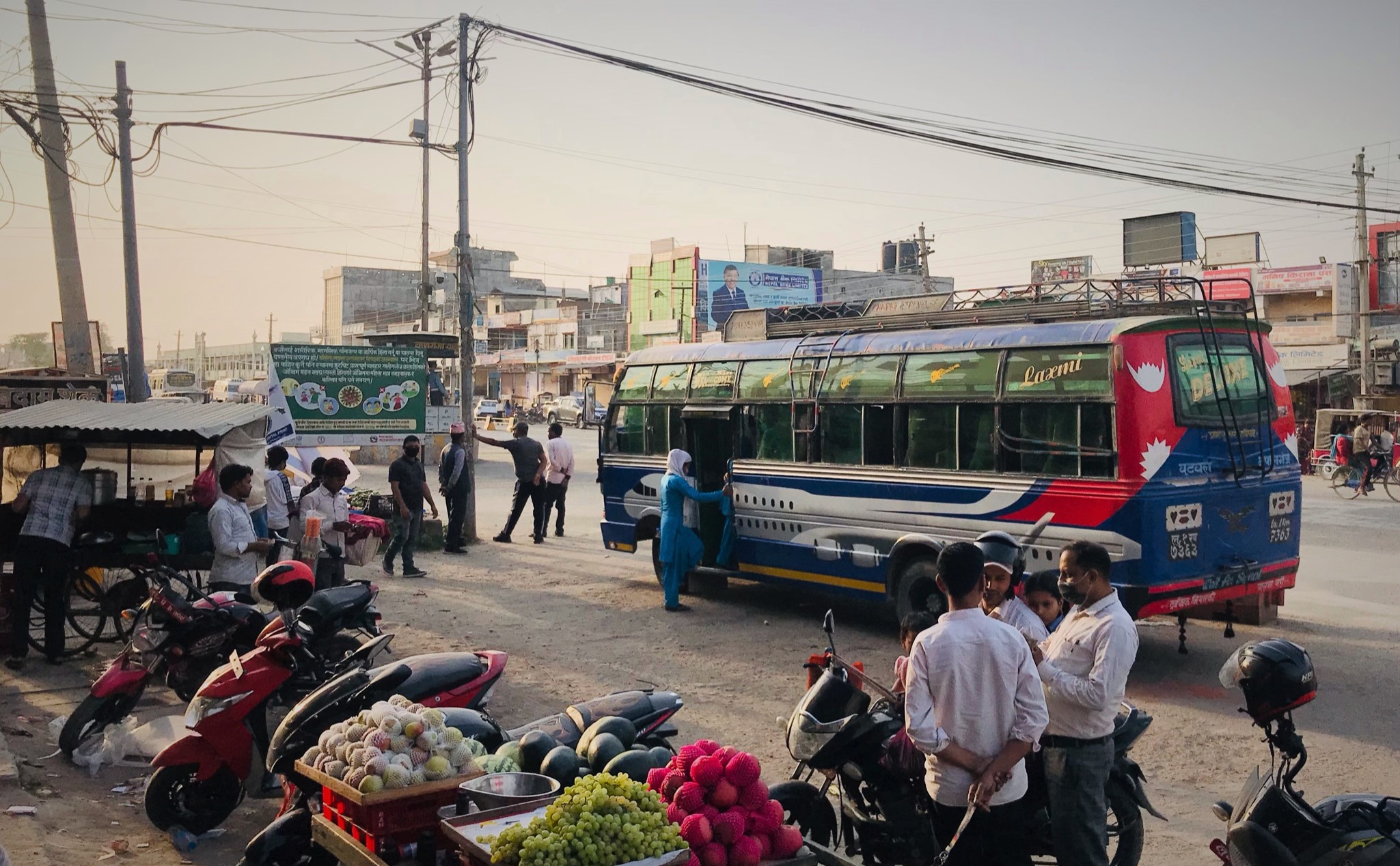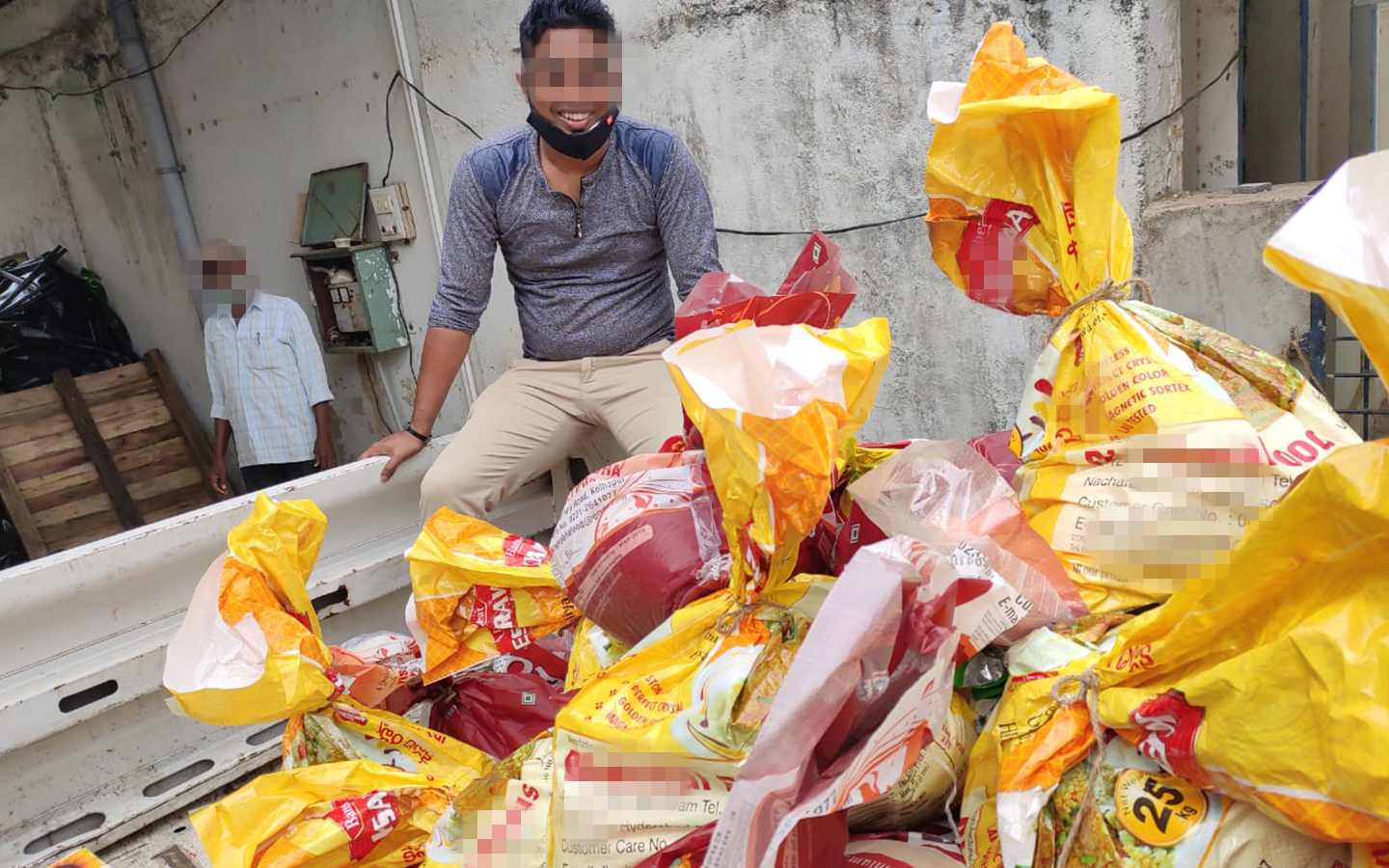We are grateful and encouraged as we reflect on the impact made across rescue nations in 2021.
Teams around the world rescued 2386 people – of which 70% were children – around the world last year compared to 751 people in 2020. Last year’s number soars above the organisation’s former record of 1426 people rescued in 2019.
Records were also set for the highest number of raids (92), arrests (147) and reintegration program entries (1,212).
While a record-breaking number is valuable, we’re interested in changing lives and hearts, not simply chalking lines on a board.
Hope, a 16-year-old survivor in Uganda, says she was “bitter” and had “given up hope in life” before being rescued and attending our reintegration program last year. But today, she embodies the meaning of her name.

I want to change my life completely so that the people who thought that nothing could come out of me will definitely see me with a better life,” she says.
The reasoning ingredient behind the overall success of last year was expansion across rescue nations, mostly in Thailand, Nepal, Uganda and an undisclosed nation.
Border rescue
Our border agents, who are tenacious women dressed in sky-blue uniforms, rescued 721 people at the border of Nepal last year. At 15 border stations, the women performed 21,000 interviews with travellers to find trafficking victims.

This success was supported by building five border stations last year, expanding our total number of stations to 15.
Stepping in to offer freedom
Teams rescued 1113 survivors last year who were selling their bodies to simply keep their heads above water.
To rescue these desperate children, agents use a rescue technique called Interventional Rescue. This is where agents monitor villages and build relationships with village members to find sexual exploitation and trafficking victims. Agents typically find and rescue kids being exploited in exchange for survival, like shelter, food and education.
Interventional Rescue is common in the undisclosed nation and Uganda.
In the former country, this rescue technique took off after our team launched a reintegration service called community care early last year. The service allows survivors to be rehabilitated at home, not in our shelter.
Parents of survivors, hesitant to send their children to our shelter, were receptive to community care because they didn’t have to leave home. In fact, our team rescued 661 compared to 58 last year – a 1000% increase.
This whopping spike was also backed by our team delivering monthly food packs to 250 villages in the undisclosed nation. The bags of food remove the need for kids to enter the sex industry to fund food.

The bulk of the other rescues – at 443 – took place in Uganda.
Dawson, Destiny Rescue international rescue manager, says it was common to see “high levels of desperation” from survivors.
This high number of rescues in Uganda was also caused by the organisation expanding our presence from one to two cities last year.
Covert agents expand their reach
More than 140 survivors were rescued by covert agents last year, mainly in Cambodia and Thailand.
A covert rescue is where agents, funded by Child Rescue, go undercover in sex establishments, like a bar, to find child employees in danger of or being sexually exploited by customers. Once found, agents offer them a way out and a better future.
Traditionally, rescue agents enter physical buildings to execute covert rescues, but now the sex industry is moving online. Last year, our organisations started developing an online task force to tackle this change.

Two-thirds of survivors last year were found on social media where pimps market and sell them. Dawson says this has been a “massive” change. “A lot has gone underground,” he says.
This evolution was exacerbated by Covid-19 last year.
Raid missions
Agents executed 92 raid missions last year, predominantly in the Philippines and the Dominican Republic.
A raid is where agents work alongside law enforcement to find victims of sex trafficking and prepare an entrapment against their traffickers.
In the Dominican Republic, agents and the nation’s police executed a raid to rescue 31 survivors from labour trafficking late last year. Their trafficker, running a fake travel agency, planned to fly out the survivors across South America.
Reintegration
With rescue agents pulling in hundreds of survivors last year, the organisation’s reintegration service has been at full speed to help the children begin their paths to freedom.
1116 survivors enrolled into community care and 96 into our residential homes. Regardless of where the survivors live, they get to follow our reintegration program to get their lives back on track.
The survivors can receive counselling, education and vocational training, like sewing, hairdressing, baking and even nursing. Among the services are also discipleship classes for those interested in God.
We don’t stop
Taking a peek at what is ahead for the Child Rescue -Destiny Rescue partnership this year, Dawson says our teams will be “increasing our capacity” in existing project nations and looking to launch into new countries.

Expansions into new nations is the key,” he says.
Without the faithful support of donors in the Child Rescue family, the continuation of rescuing kids and keeping them free would not be possible. We invite you to join the fight by becoming a vital giver and praying for our agents, survivors, caseworkers, and children currently awaiting rescue.

 US & International
US & International Australia
Australia United Kingdom
United Kingdom